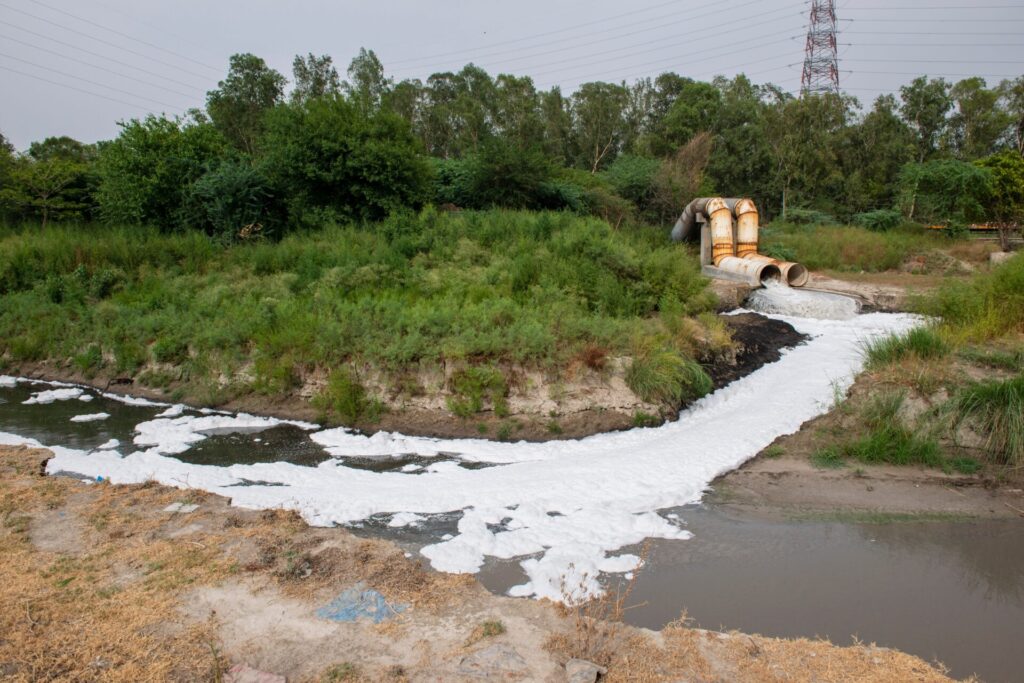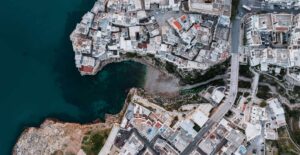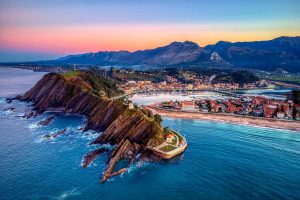Reducing nutrient pollution in the waterbodies of Delhi
A case study from Sustainable India Trust (SIT) - United Nations Environment Programme (UNEP) (Progression on the Source to Sea, or S2S, readiness level: early to mid-stage)
 From: Shutterstock
From: Shutterstock The S2S challenge
Situated at the Yamuna River, one of the main tributaries of the Ganges River, Delhi is a major Indian city where the lack of wastewater treatment creates serious issues. In this metropolitan area of 30 million inhabitants, wastewater goes largely untreated due to the lack of sufficient infrastructure and outdated technologies that further exacerbate the problem. As a result, nutrients from wastewater pollute surface and underground freshwater bodies within the region leading to significant eutrophication and biodiversity loss. This poses substantial risks to the health and wellbeing of both people and nature, particularly affecting prominent water sources such as Lake Najafgarh and the Yamuna River.
Addressing the S2S challenge
Seeking to address its wastewater challenges, Delhi has set an ambitious policy target to treat over 95% of wastewater of the city. To fulfil its ambitions, a variety of activities are being carried out, including increasing sewer pipeline connections, particularly targeting informal settlements, piloting treatment techniques, increasing treatment capacity at current plants, and building new treatment plants.
Delhi´s quest for better wastewater also involves non-state actors. SIT and UNEP have implemented a project to support Delhi’s efforts to reduce nutrient loads. Utilizing a multi-pronged approach, the initiative focused on strengthening the knowledge base by assessing the recovery potential of nutrients discarded in wastewater, by mapping current recovery and reuse practices, and by identifying appropriate technologies suitable for use in Delhi. Additionally, based on water quality parameters for nutrient loads, an ecosystem health card was created to track improvements in the state and the recovery of waterbodies. The project also organized a stakeholder workshop that included representatives from local and national authorities, academia, and NGOs. The aim of the workshop was to help build a shared understanding of the current situation, communicate the results of the project studies, and provide discussions for next steps on stemming pollutant flows.
At this time, the project did not yet establish collaborations with actors present in other segments of the source-to-sea system outside of Delhi. In the next phase, the project plans to expand its focus to include nutrient pollution sources upstream from Delhi, and to examine the downstream impacts that nutrients have along the flow of the Yamuna River as it reaches the Ganges River.
Barriers encountered and solutions
While the project worked to improve the dialogue between stakeholders by sharing information and hosting a stakeholder workshop, an obstacle was encountered around the lack of communication and coordination between the stakeholders involved in addressing wastewater pollution, particularly between scientists and policy makers. This meant that a shared vision between actors on how to address the issues was absent.
Project activities were also affected by a short project cycle that was cut even shorter by the Covid-19 pandemic. However, a second phase of the project is currently being planned with an adjusted timeframe. This phase will build on the initial outcomes to enhance and update the policy frameworks on wastewater management, while also broadening the scope to include microplastics in wastewater.
Main lessons learned
The project led by UNEP and SIT highlights that when taking source-to-sea action, it is vital to understand the local context and the relationships between the different stakeholders in order to foster coordination and collaboration. In cases like this one, it may also require starting at the very beginning by establishing communication channels between the actors.
UNEP and SIT worked toward this by facilitating information exchanges and a workshop where the relevant stakeholders could learn from each other, discuss potential actions, and find innovative solutions. This was especially important in bringing together public officials and scientists. These channels can be widened as synergies are identified and trust is built, eventually turning into formalized governance frameworks.
Furthermore, it was very important for the project activities to build on the ongoing efforts to address wastewater pollution in Delhi. For example, the ecosystem health card helped to increase the knowledge available on how different activities contribute to the health of the waterbodies in positive or negative ways. Further, the analysis of nutrient recovery technologies provided recommendations to decision makers for which technologies adjust better to the local context.
Additional resource
More details of the project: How to reduce pollution in Delhi’s waterways: (unep.org)



